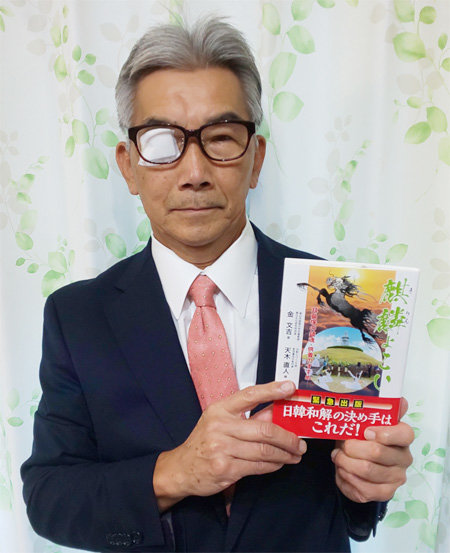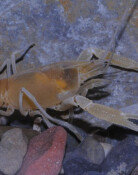‘Japan should apologize to S. Korea for nose tomb,’ says former ambassador
‘Japan should apologize to S. Korea for nose tomb,’ says former ambassador
Posted September. 10, 2020 07:43,
Updated September. 10, 2020 07:43

A former Japanese ambassador published a book reflecting on the shameful part of Japanese history creating a nose tomb by cutting off and burying the nose of Koreans during the Japanese invasions of Korea. The new book written by Naoto Amaki, a former Japanese Ambassador to Lebanon, and Kim Moon-gil, the head of the Korea-Japan cultural research institute, will be sold from Thursday. The book’s title calls for Qilin – a mystical creature symbolizing peaceful times – to approach.
The history of a nose tomb goes back over 400 years ago. Japanese leader Toyotomi Hideyoshi ordered the country’s military in June 1597 to cut off Koreans’ noses and present them. In order to encourage more aggressive battles, he forced an extreme measure that is rare to find in the history of wars in the world.
With his order, the Japanese military began to systemically cut off the nose of Koreans from July 1597. Each soldier was required to cut off three noses, which were preserved in salt and sent to Japan. In order to take more credit, Japanese soldiers cut off the nose of not only the war dead but also alive civilians. Rewards were provided according to the number of noses cut by them.
Toyotomi created a burial mound of the noses in Higashiyama Ward, Kyoto in September 1597. It has been known that over 126,000 noses of Koreans were buried here. Next to the burial mound is Toyokuni Shrine to commemorate Toyotomi Hideyoshi.
“I am from Kyoto but didn’t know about the existence of the nose tomb until recently,” former ambassador Amaki said during a phone interview with The Dong-A Ilbo on Wednesday. “I wrote the book with a thought that the Japanese need an accurate understanding of their history.” He also added that Japan should reflect on its shameful history and apologize to South Korea to bring a future of cooperation between the two countries.
“We used a mystical creature called Qilin, which is supposed to only appear during peaceful times according to the Chinese legend. I hope such peaceful times can arrive,” said Amaki on the title of the book. He is also planning a memorial service at the nose tomb in Kyoto in November to pay tribute to the spirit of those buried there.
lovesong@donga.com







